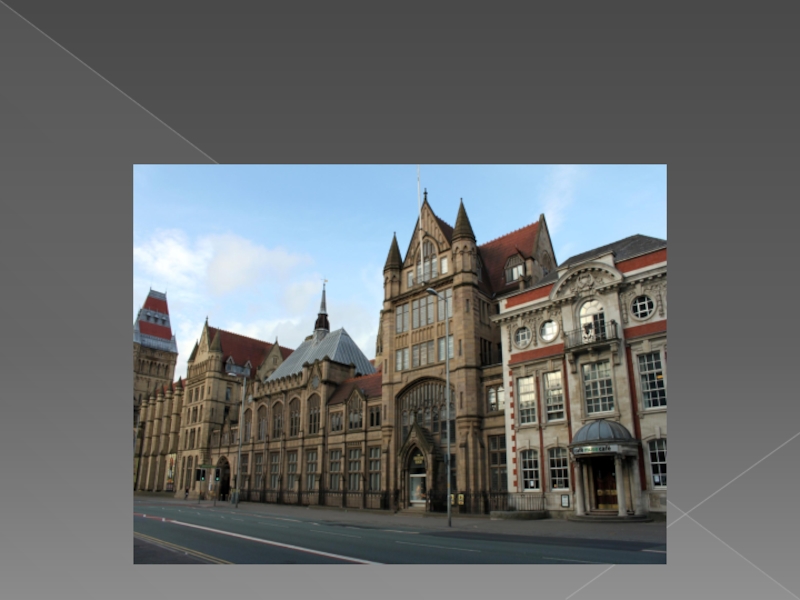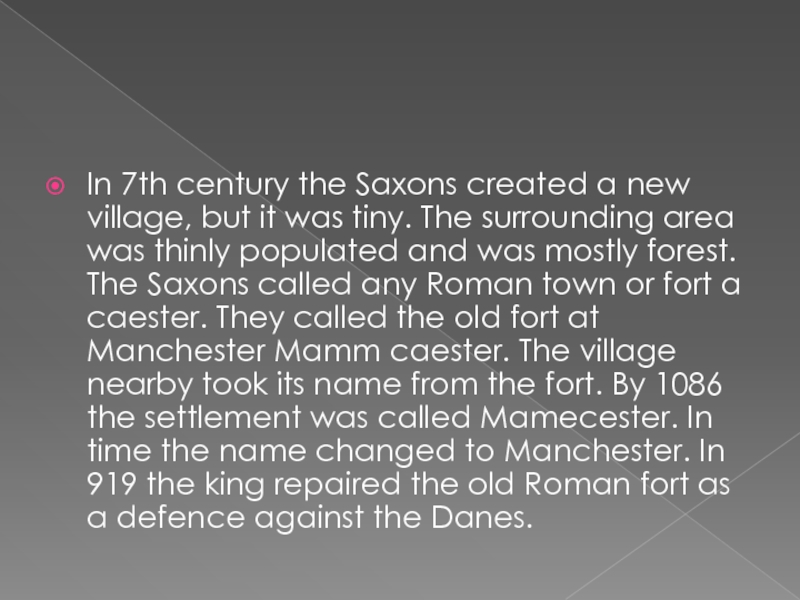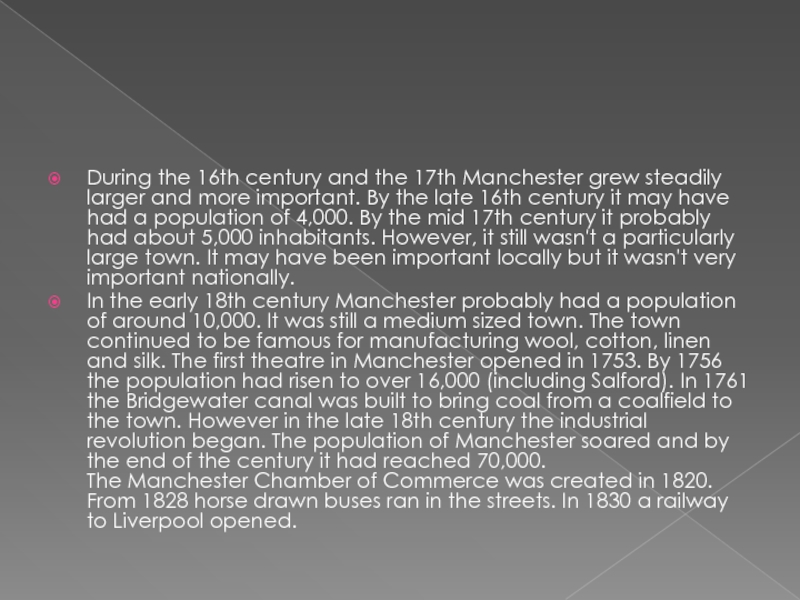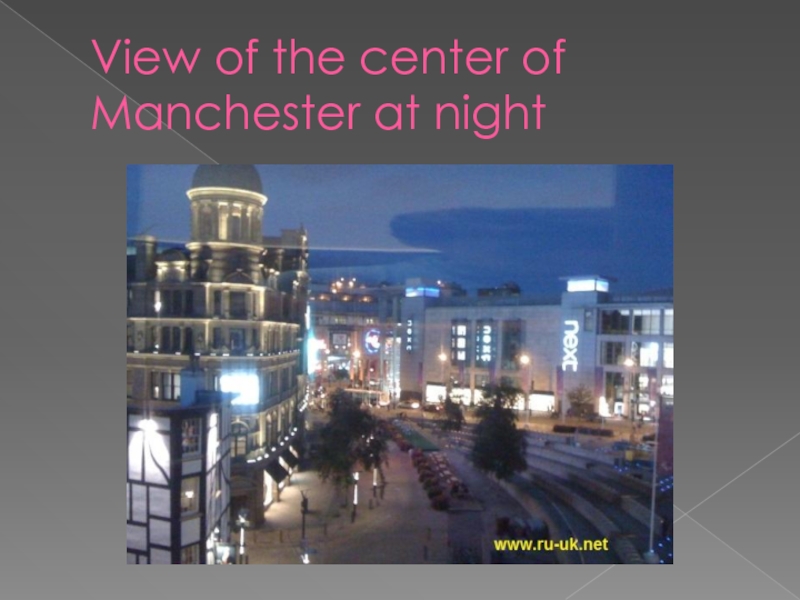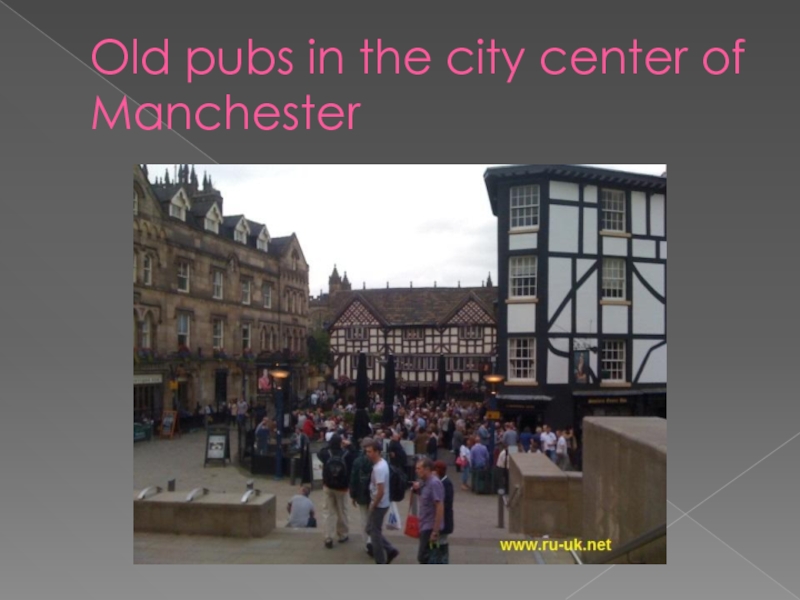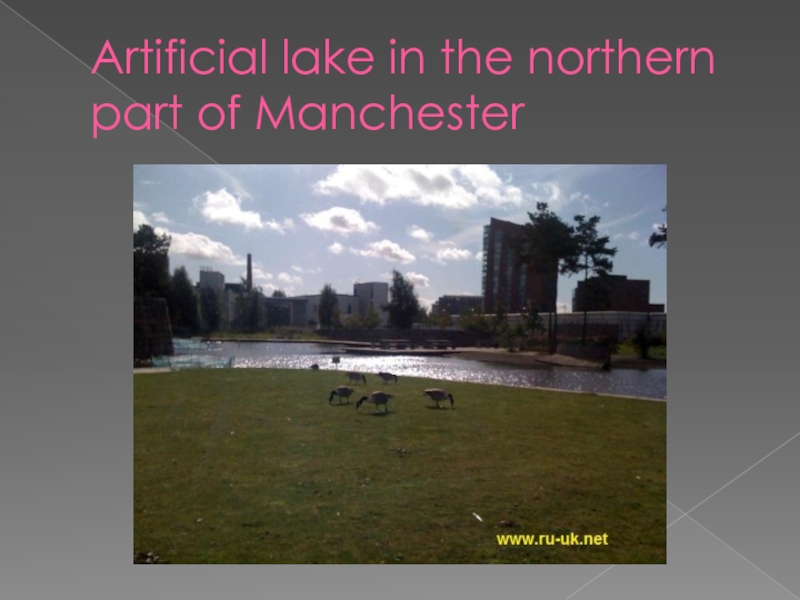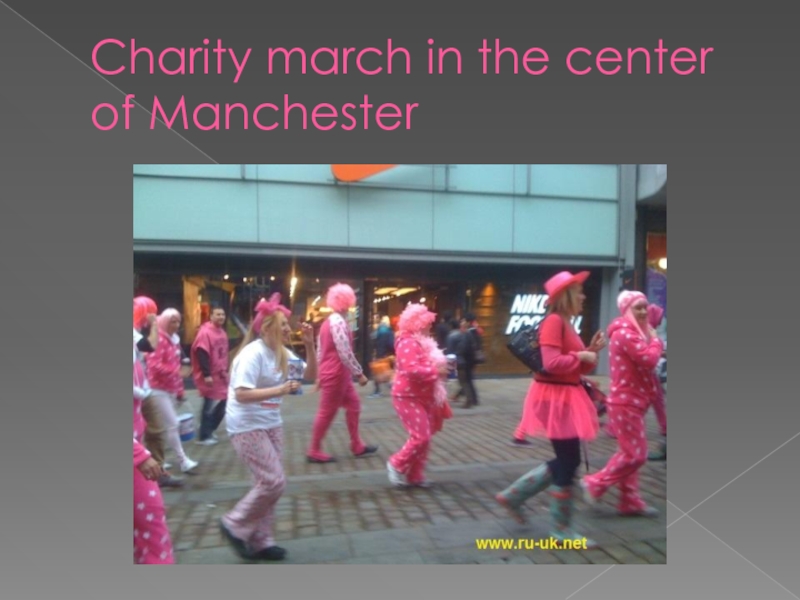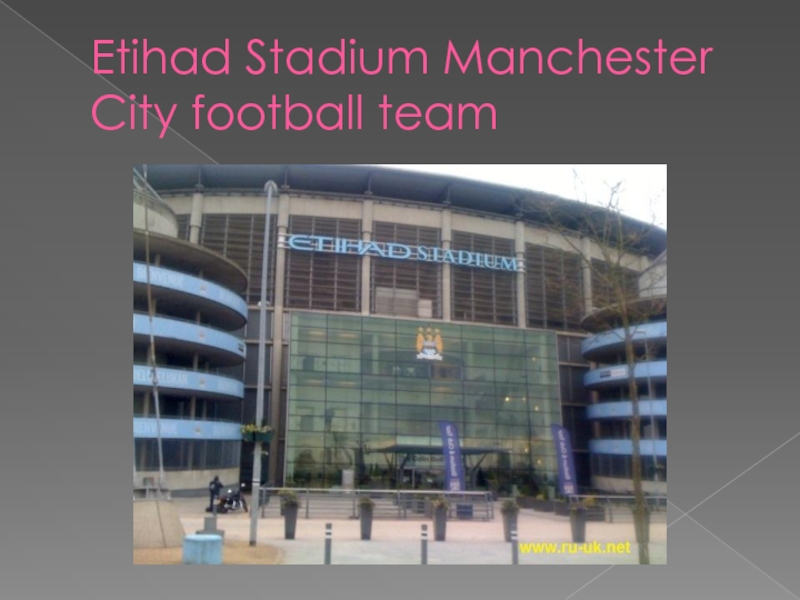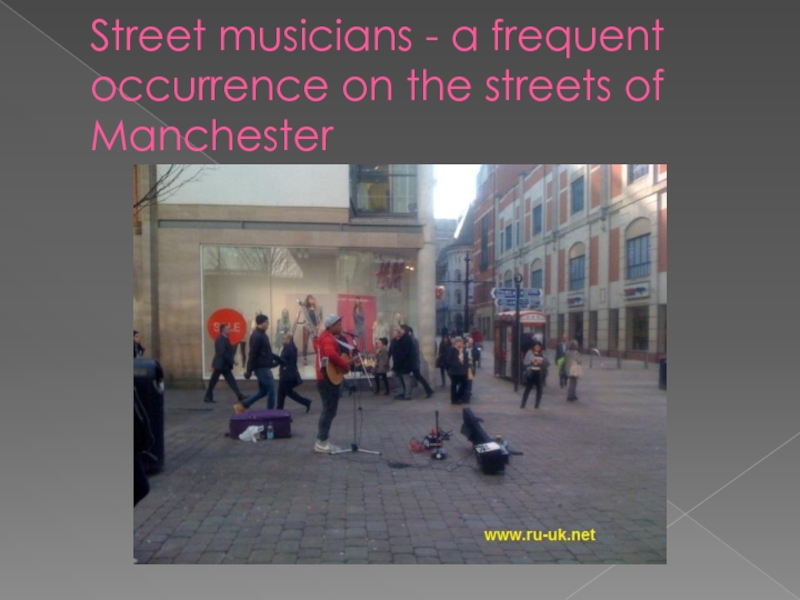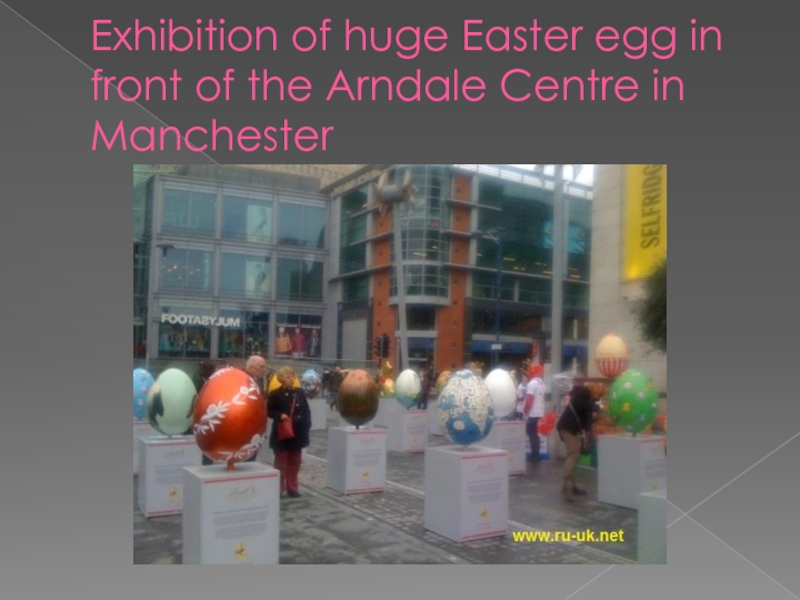- Главная
- Разное
- Дизайн
- Бизнес и предпринимательство
- Аналитика
- Образование
- Развлечения
- Красота и здоровье
- Финансы
- Государство
- Путешествия
- Спорт
- Недвижимость
- Армия
- Графика
- Культурология
- Еда и кулинария
- Лингвистика
- Английский язык
- Астрономия
- Алгебра
- Биология
- География
- Детские презентации
- Информатика
- История
- Литература
- Маркетинг
- Математика
- Медицина
- Менеджмент
- Музыка
- МХК
- Немецкий язык
- ОБЖ
- Обществознание
- Окружающий мир
- Педагогика
- Русский язык
- Технология
- Физика
- Философия
- Химия
- Шаблоны, картинки для презентаций
- Экология
- Экономика
- Юриспруденция
Manchester. Where is he from презентация
Содержание
- 1. Manchester. Where is he from
- 2. Where is he from Manchester is one
- 6. In 7th century the Saxons created
- 7. During the 16th century and the
- 8. View of the center of Manchester at night
- 9. Old pubs in the city center of Manchester
- 10. Artificial lake in the northern part of Manchester
- 11. Charity march in the center of Manchester
- 12. Farm animals in Heaton Park
- 13. Etihad Stadium Manchester City football team
- 14. Street musicians - a frequent occurrence on the streets of Manchester
- 15. Exhibition of huge Easter egg in front of the Arndale Centre in Manchester
- 16. Thank you for attention!!!
Слайд 2Where is he from
Manchester is one of the English most important
cities. It is located in the northern part of England, not far from Liverpool. Today the population of Manchester is 438,000.
Manchester began, when a wooden fort was built by the Roman army on a plateau about 80 AD. The fort was rebuilt in stone about 200 AD. Soon a civilian settlement grew up around the fort.
However in 407 the Roman army left Britain and the civilian settlement disappeared. The stone fort fell into ruin.
Manchester began, when a wooden fort was built by the Roman army on a plateau about 80 AD. The fort was rebuilt in stone about 200 AD. Soon a civilian settlement grew up around the fort.
However in 407 the Roman army left Britain and the civilian settlement disappeared. The stone fort fell into ruin.
Слайд 6
In 7th century the Saxons created a new village, but it
was tiny. The surrounding area was thinly populated and was mostly forest. The Saxons called any Roman town or fort a caester. They called the old fort at Manchester Mamm caester. The village nearby took its name from the fort. By 1086 the settlement was called Mamecester. In time the name changed to Manchester. In 919 the king repaired the old Roman fort as a defence against the Danes.
Слайд 7
During the 16th century and the 17th Manchester grew steadily larger
and more important. By the late 16th century it may have had a population of 4,000. By the mid 17th century it probably had about 5,000 inhabitants. However, it still wasn't a particularly large town. It may have been important locally but it wasn't very important nationally.
In the early 18th century Manchester probably had a population of around 10,000. It was still a medium sized town. The town continued to be famous for manufacturing wool, cotton, linen and silk. The first theatre in Manchester opened in 1753. By 1756 the population had risen to over 16,000 (including Salford). In 1761 the Bridgewater canal was built to bring coal from a coalfield to the town. However in the late 18th century the industrial revolution began. The population of Manchester soared and by the end of the century it had reached 70,000. The Manchester Chamber of Commerce was created in 1820. From 1828 horse drawn buses ran in the streets. In 1830 a railway to Liverpool opened.
In the early 18th century Manchester probably had a population of around 10,000. It was still a medium sized town. The town continued to be famous for manufacturing wool, cotton, linen and silk. The first theatre in Manchester opened in 1753. By 1756 the population had risen to over 16,000 (including Salford). In 1761 the Bridgewater canal was built to bring coal from a coalfield to the town. However in the late 18th century the industrial revolution began. The population of Manchester soared and by the end of the century it had reached 70,000. The Manchester Chamber of Commerce was created in 1820. From 1828 horse drawn buses ran in the streets. In 1830 a railway to Liverpool opened.



